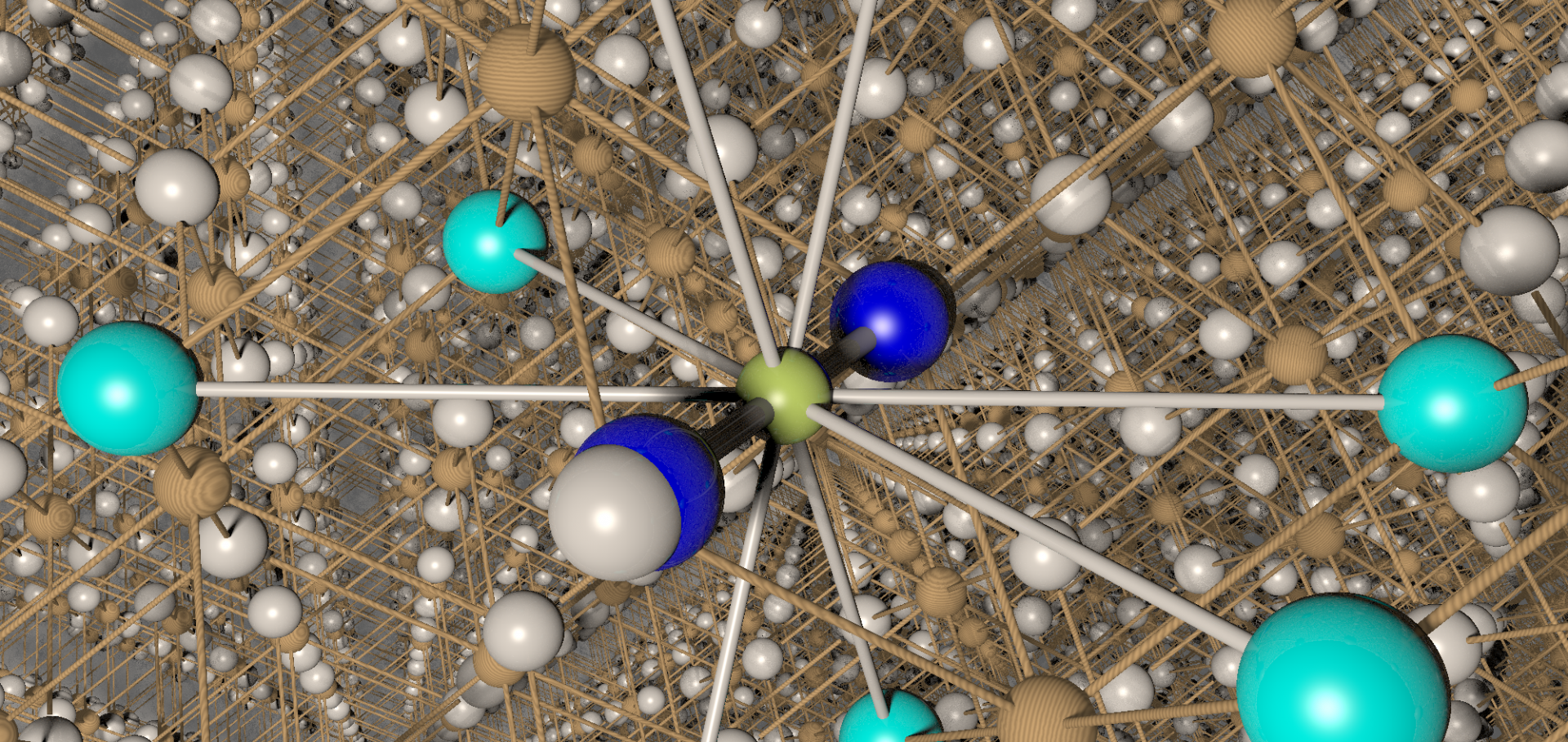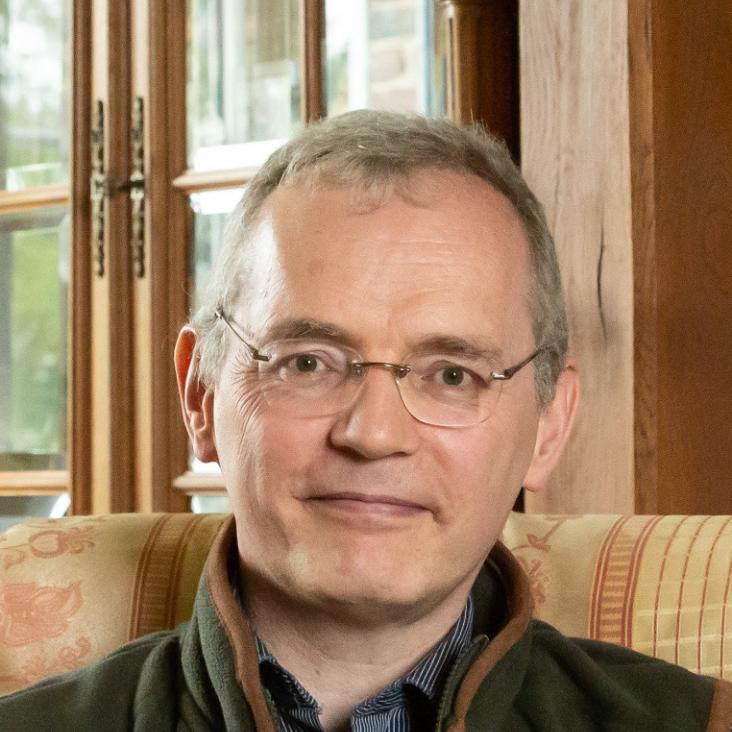Robustness of superconductivity to structural disorder in Sr$_{0.3}$(NH$_2$)$_{y}$(NH$_3$)$_{1-y}$Fe$_2$Se$_2$
(2015)
The magnetic ground state of two isostructual polymeric quantum magnets, [Cu(HF2)(pyrazine)SbF6 and [Co(HF2)(pyrazine)2]SbF6, investigated with neutron powder diffraction
Physical Review B American Physical Society 92:13 (2015) 134406
Abstract:
The magnetic ground state of two isostructural coordination polymers (i) the quasi two-dimensional S = 1/2 square-lattice antiferromagnet [Cu(HF$_{2}$)(pyrazine)$_{2}$]SbF$_{6}$; and (ii) a new compound [Co(HF$_{2}$)(pyrazine)$_{2}$]SbF$_{6}$, were examined with neutron powder diffraction measurements. We find the ordered moments of the Heisenberg S = 1/2 Cu(II) ions in [Cu(HF$_{2}$)(pyrazine)$_{2}$]SbF$_{6}$ are 0.6(1)$\mu_{B}$, whilst the ordered moments for the Co(II) ions in [Co(HF$_{2}$)(pyrazine)$_{2}$]SbF$_{6}$ are 3.02(6)$\mu_{B}$. For Cu(II), this reduced moment indicates the presence of quantum fluctuations below the ordering temperature. We show from heat capacity and electron spin resonance measurements, that due to the crystal electric field splitting of the S = 3/2 Co(II) ions in [Co(HF$_{2}$)(pyrazine)$_{2}$]SbF$_{6}$, this isostructual polymer also behaves as an effective spin-half magnet at low temperatures. The Co moments in [Co(HF$_{2}$)(pyrazine)$_{2}$]SbF$_{6}$ show strong easy-axis anisotropy, neutron diffraction data which do not support the presence of quantum fluctuations in the ground state and heat capacity data which are consistent with 2D or close to 3D spatial exchange anisotropy.Robustness of superconductivity to structural disorder in Sr0.3(NH2)y(NH3)1−yFe2Se2
Physical Review B American Physical Society (APS) 92:13 (2015) 134517
Transverse field muon-spin rotation signature of the skyrmion-lattice phase in Cu2OSeO3
Phys Rev B. Solid State 91 (2015) 224408
Abstract:
We present the results of transverse field (TF) muon-spin rotation (μ+SR) measurements on Cu2OSeO3, which has a skyrmion-lattice (SL) phase. We measure the response of the TF μ+SR signal in that phase along with the surrounding ones, and suggest how the phases might be distinguished using the results of these measurements. Dipole field simulations support the conclusion that the muon is sensitive to the SL via the TF line shape and, based on this interpretation, our measurements suggest that the SL is quasistatic on a time scale τ>100 ns.Spin diffusion in the low-dimensional molecular quantum Heisenberg antiferromagnet Cu(pyz)(NO3)2 detected with implanted muons
Physical Review B American Physical Society (APS) 91:14 (2015) 144417


